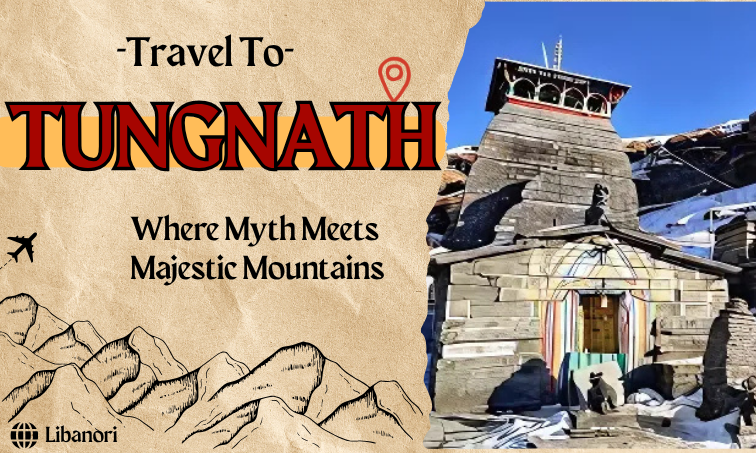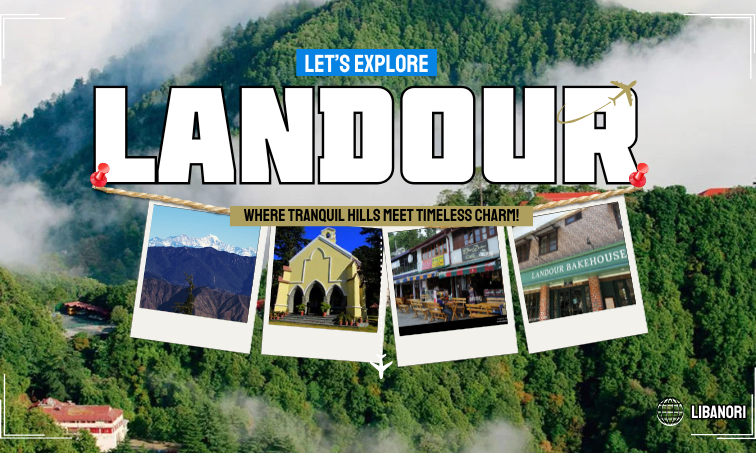Introduction
If you are searching for a destination that feels like it’s out of this world and want to experience a place where rugged mountains beautify the horizons with ancient monasteries built on unmountainable cliffs, and the night sky glitters with stars? Then look no further, Spiti Valley is the perfect destination for you. Whether you’re a thrill-seeker, a culture enthusiast, or somebody embarked on a soul-searching journey, Spiti promises an expedition you’ll never forget.
Nestled in the Himalayas, Spiti is an experience that transforms every traveler who chooses to fight through its remote roads to experience it. Let us discover what makes this experience truly unforgettable.
What is Spiti Valley?
Known as the ‘Middle Land’, which is the literal translation of the word ‘Spiti’, Spiti Valley is positioned between India and Tibet. Renowned for panoramic sights of stunning mountain ranges and tranquil plains. It is a high-altitude region distinguished by its cold desert landscape. It is famously known as ‘Little Tibet’ as the landscape resembles that of Tibet.
Spiti is renowned for its unique amalgamation of natural charm and rich culture. The local population, primarily Bhoti-speaking Buddhists, inhabits scattered villages such as Kaza and Tabo, and the valley is dotted with ancient monasteries, including the famous Tabo, Dhankar, and Kee Monasteries. It is one of the least populated areas in India due to its difficult-to-access terrain.
Why Visit Spiti?
Spiti is an isolated land mass, it has a sparse population, with a rich cultural heritage which lets it offers spiritual immersion along with adventure. It is a haven for those who seek solitude and wish to experience raw nature. The valley encompasses distinct wildlife and villages that seem to float on clouds. Spiti Valley offers a bunch of adventurous activities, popular options include trekking to Chandratal Lake or exploring ancient monasteries like Key and Dhankar. You can also embark on a bike trip through the valley’s rugged terrain, go river rafting, or enjoy stargazing in the clear night skies.
When to visit the valley?
May to October is the perfect period to visit Spiti Valley. During these months, the weather is pleasant, roads are open, and the option of enjoying many outdoor activities is accessible.
Winters from November to April bring heavy snow, the valley turns into a snowy wonderland, but it cuts off the region and makes travel extremely difficult.
The month of June is particularly popular for bike trips, with snow still visible on the peaks and the valley blooms with beauty.
How to reach Spiti Valley: Routes and Travel Tips?
It is one of the highest inhabited regions in the world, at an average elevation of 4,270 meters,. All travel enthusiasts can not access Spiti due to its tough terrain and high altitude. It is important to consult a medical professional before picking this destination, because you have to choose a travel route that can help you acclimate appropriately.
Commonly opted road routes for by tourists:
| Route 1 | Route 2 |
| Delhi – Shimla – Spiti Route | Delhi – Manali – Spiti Route |
| Delhi | Delhi |
| Shimla | Manali |
| Narkanda | Solang Valley |
| Rampur | Rohtang Pass |
| Kalpa | Gramphu |
| Nako-Giu Village | Batal |
| Tabo Village | Chandratal |
| Dhankar | Kunzum Pass |
| Pin Valley (Mud Village) | Losar |
| Kaza | Kaza |
| Dhankar | |
| Tabo |
Other modes of transportation are also available:
- By Air: Kullu-Manali Airport is the nearest airport to Spiti Valley, which is also known as Bhuntar Airport. The flights available are fairly limited, so plan accordingly.
- Through Train: The closest railway station one can take a drop at for the valley is Jogindar Nagar railway station, but the popularly chosen station is Shimla railway station. The Shimla station is connected well, and you can continue by road from there .
7-day adventure guide
1: Reach Manali or Shimla. Rest and give your body time to adjust and acclimate.
2: Drive to Kaza (via Kunzum Pass from Manali or via Nako from Shimla). Overnight in Kaza.
3: Uncover Kaza, visit Kee Monastery and Kibber Village.
4: Day trip to Langza (fossil village), Hikkim (world’s highest post office), and Komic (world’s highest village).
5: Visit Dhankar Monastery and hike to Dhankar Lake.
6: Explore Pin Valley National Park, go to Mudh Village.
7: Excursion to Tabo Monastery and Gue (mummy village).
Travelling suggestions
- Travel Mindfully: Aim to minimize environmental impact. Consider the following tips:
-Choose eco-conscious inns.
– Avoid plastic use.
– Do not litter, this will preserve the natural beauty of the place and help it sustain its sites for generations to experience.
– Be cognizant of the culture and act accordingly.
- Solo and Female Travelers: Spiti has warm and welcoming people, but for a smooth experience prepare and plan. Here are a few ideas:
-Prioritize safety by informing them about their itinerary.
– Respect local customs, try dressing up abjectly.
– Select a trustworthy stay.
– Connectivity can be restricted, so plan accordingly.
- Here is a list of essentials for your Spiti Valley adventure:
– Backpack
– Warm layers
– Thermals
– Trekking shoe
– Sunscreen
– Reusable
– Water bottle
– First-aid kit
– ID
– Cash
Final Thoughts
From the ancient monasteries to the elegant mountains, Spiti invites you to separate from the ordinary and reconnect with nature, culture, and yourself. Whether you’re traveling by yourself, seeking adventure, or wishing for a serene vacation with friends and family. A trip to Spiti Valley will give you memories that will last forever with you.
Explore another North Indian breathtaking hill beauty, Landour.
FAQs
Indian nations are not required to have a permit or any other specific document
Carry sufficient cash as ATMs are scarce and often out of cash.
Spiti valley is suitable for healthy adults.
Thermals and a first aid kit, along with adequate cash.
Refresh Date: August 21, 2025



